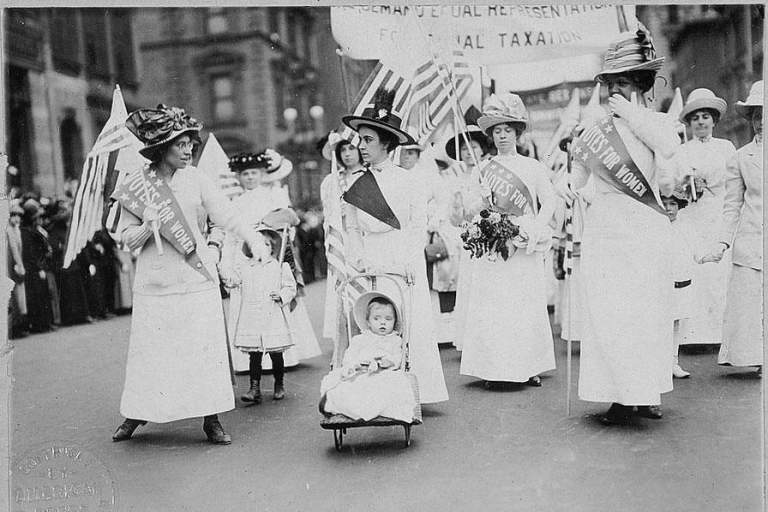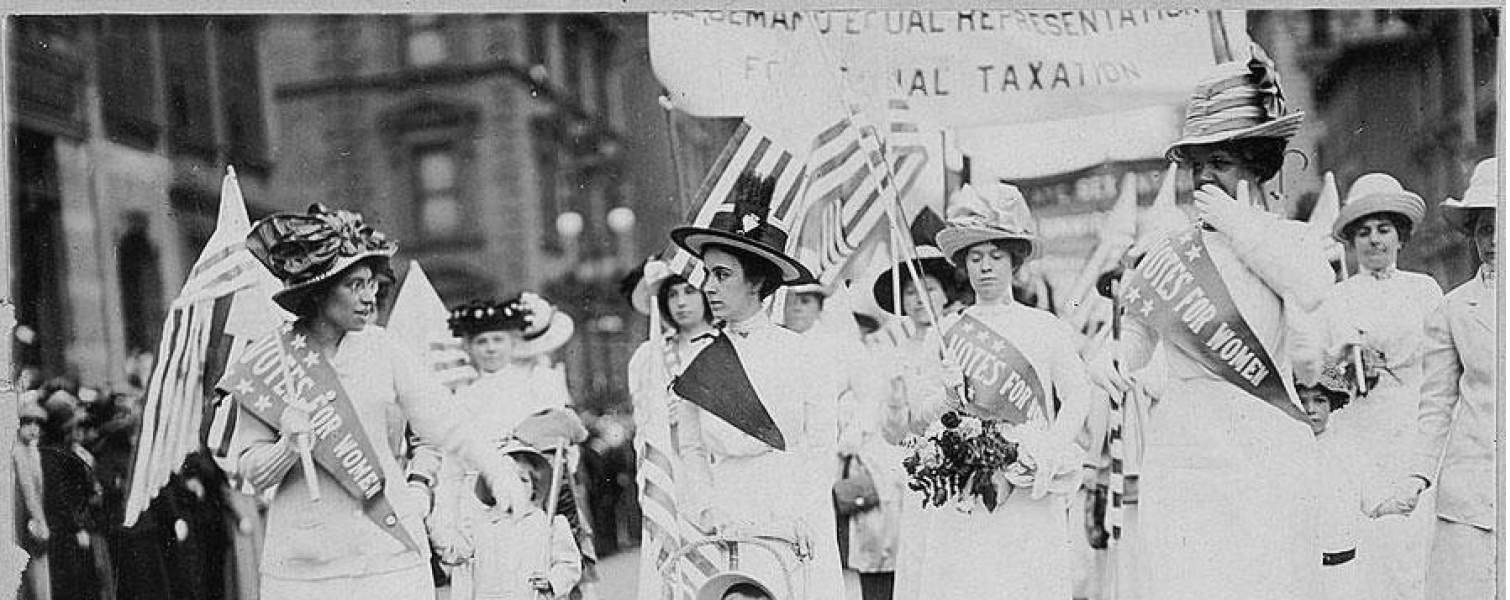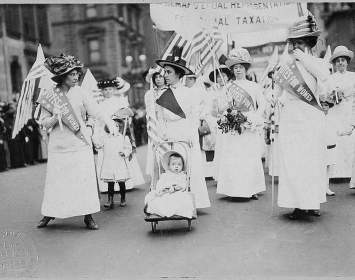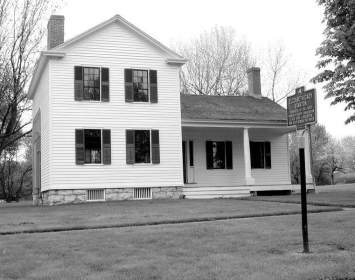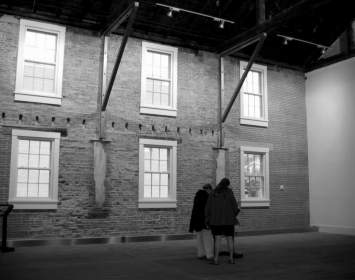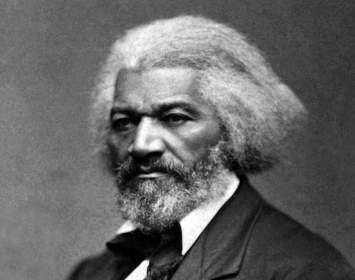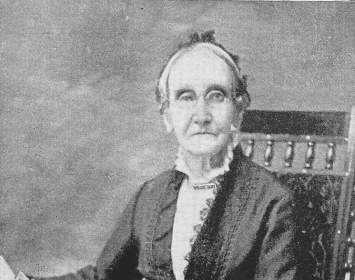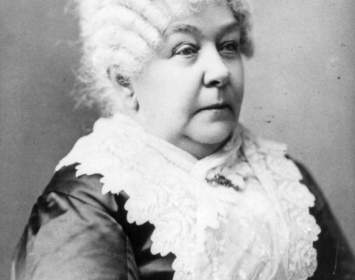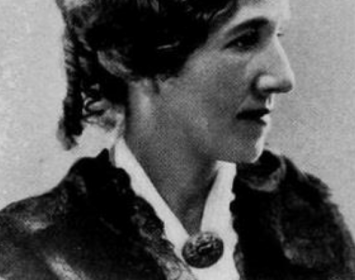Some three hundred women and forty men attended the 1848 Woman's Rights Convention, which was organized by (among others) Elizabeth Cady Stanton. (Nineteenth-century practice was to use the singular, woman's, to refer to women as a class; later practice was to use the plural, women's.) The 1848 Convention is best known for adopting, on July 20, 1848, the Declaration of Sentiments, a statement of woman’s equality consciously patterned on the Declaration of Independence and signed by about 100 attendees. The Convention also adopted twelve resolutions, of which the most controversial was a then-unprecedented call for "the women of this country to secure to themselves their sacred right to the elective franchise"—that is, the vote. This single event—more than any other—launched the woman's suffrage movement.
In preparation for the centennial of nationwide woman suffrage in 2020, historians have mounted a vigorous search for the original copy of the Declaration of Sentiments bearing the signatures of all who affirmed it. This document is never known to have been seen following the Convention. Searches of the archived papers and memorabilia of organizers and participants have yielded nothing. It is known that Frederick Douglass's antislavery paper The North Star was the first periodical to publish the Declaration in full, so there is informed speculation that Douglass took the original Declaration with him to his Rochester newspaper office to be set into type. In that case it might have been discarded—newspapers tended to be cavalier about original documents in those days—or kept among Douglass's personal papers. If the latter is true, then the original Declaration of Sentiments was probably lost in the suspicious 1872 fire that destroyed Douglass's rural Rochester home.
